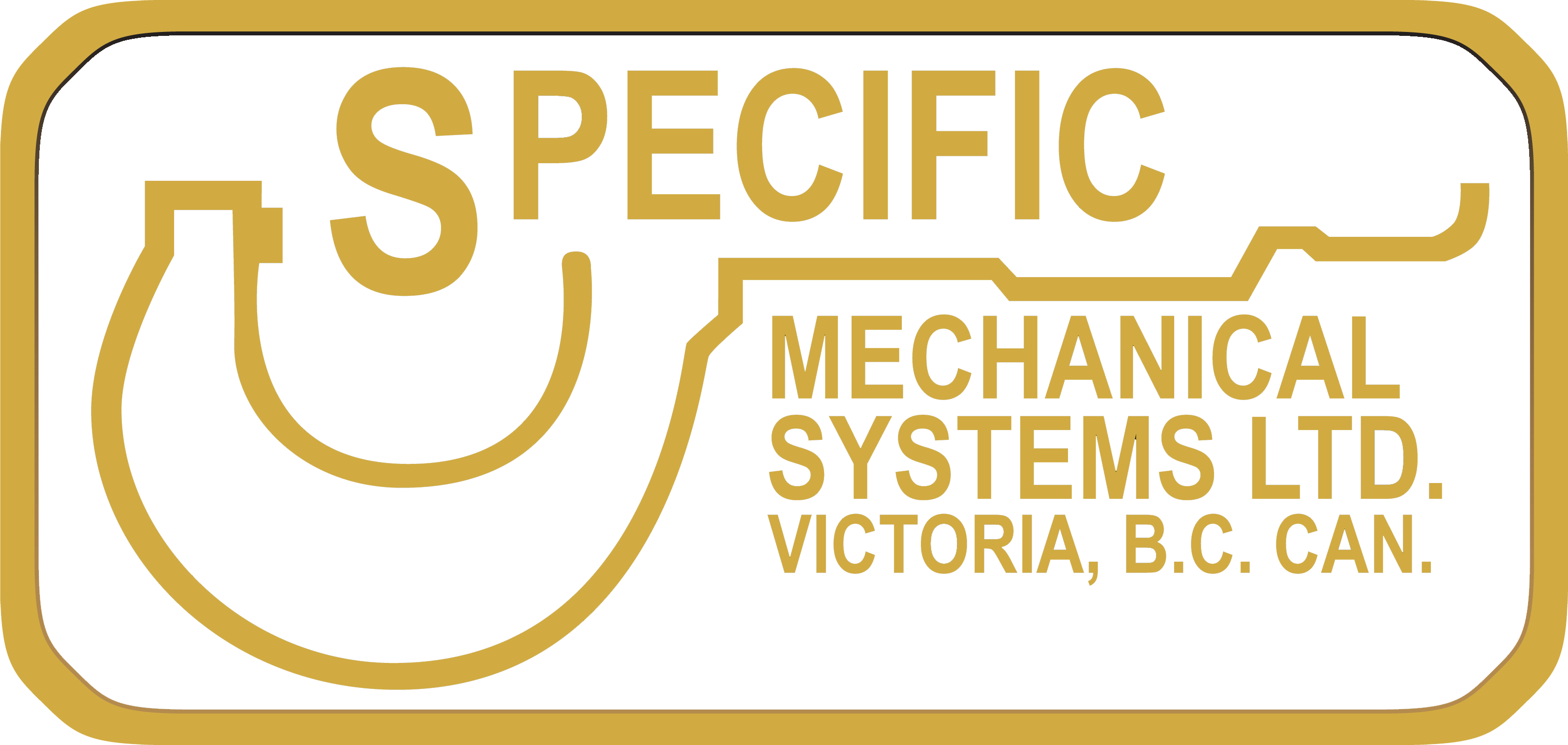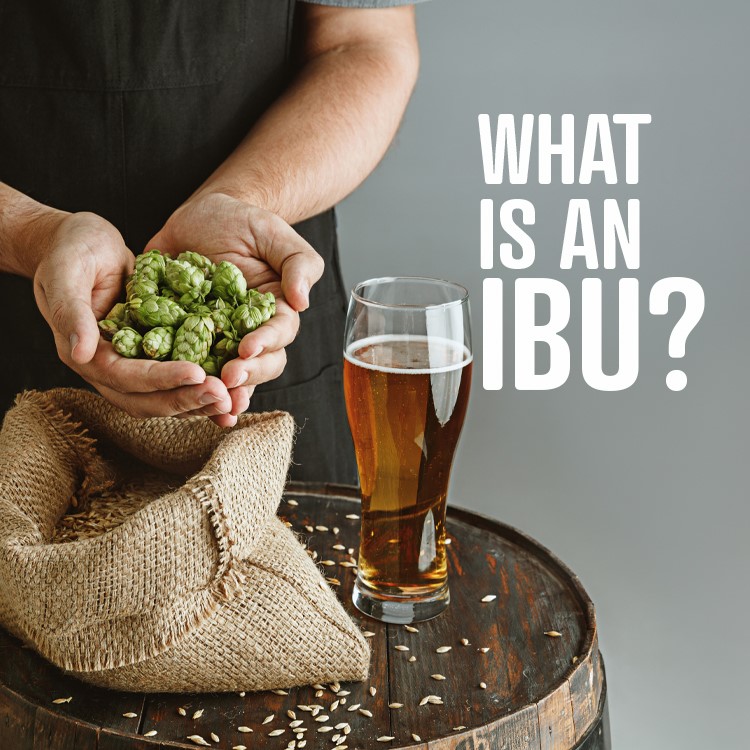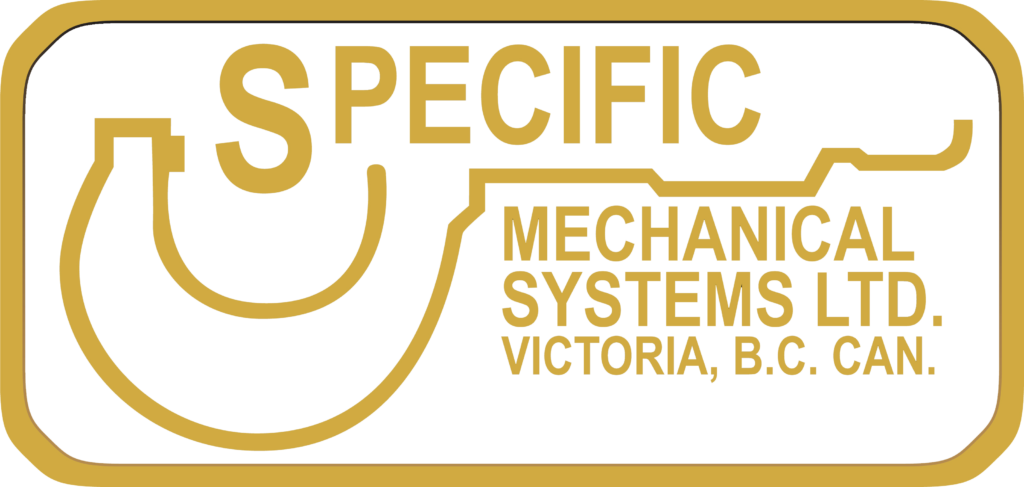Distilling has long been considered an art form, transforming raw ingredients into spirits with distinct flavours and aromas that delight the senses. As the craft of distillation has evolved, so too has the technology and equipment used in the process. From traditional copper pot stills to cutting-edge column stills and hybrid systems, the choice of distilling equipment significantly influences the quality and character of the spirits produced. In this article, we will explore how different types of distilling equipment impact spirit quality, and how distillers can make informed decisions to craft exceptional beverages.
The Classic Appeal of Copper Pot Stills:
Copper pot stills have a storied history in the world of distillation, and their enduring popularity is well-deserved. Copper interacts with the distillate, removing undesirable compounds and impurities, resulting in a smoother, more refined spirit. The porous nature of copper also allows for a subtle exchange of flavours, contributing to the complexity and depth of the final product. Many distillers believe that copper pot stills impart a unique character that cannot be replicated by other materials, making them a preferred choice for producing premium spirits.
Column Stills: Emphasizing Purity and Efficiency:
Column stills represent a departure from the traditional pot stills and offer a different approach to distillation. With their continuous distillation process, column stills focus on separating alcohol from impurities, resulting in high-proof, clean spirits. The ability to control the distillation process more precisely allows for the production of consistent and standardized spirits. While column stills may lack the depth of flavour achieved with pot stills, they excel in producing neutral spirits, providing an excellent base for blending or infusing flavours.
The Art of Reflux and Spirit Character:
Reflux, the process of vapor condensation and re-evaporation within the distillation column, plays a crucial role in shaping spirit quality. Distillers can control reflux to achieve the desired balance between purity and flavour. More reflux leads to higher purity but may strip away some desirable congeners that contribute to the spirit’s character. On the other hand, less reflux preserves more of the congeners, resulting in a spirit with a more pronounced and unique taste. Finding the right reflux ratio is a delicate art that skilled distillers master to achieve spirits with exceptional depth and complexity.
The Rise of Hybrid Distillation Systems:
In recent years, hybrid distillation systems have gained popularity, combining the best attributes of pot and column stills. These versatile systems allow distillers to retain the unique flavours imparted by pot stills while benefiting from the efficiency of column stills. Hybrid systems offer more control over the distillation process, providing an opportunity for distillers to experiment and create spirits with intricate flavour profiles and consistent quality.
Material Matters: Beyond Copper and Stainless Steel:
While copper and stainless steel remain the dominant materials for distilling equipment, other materials, such as glass, wood, and ceramic, have also found their place in the industry. Each material brings its own set of characteristics to the distillation process, influencing the spirit’s taste, aroma, and overall quality. For instance, some distillers use glass or ceramic vessels for aging, allowing the spirit to interact differently with the container, resulting in unique flavours and a softer finish.
Conclusion:
The impact of distilling equipment on spirit quality is undeniable. Whether distillers choose the classic charm of copper pot stills, the efficiency of column stills, or the versatility of hybrid systems, each decision leaves a lasting impression on the final product. From refining the spirit’s character to achieving consistency and crafting unique flavour profiles, the choice of distilling equipment is an essential aspect of the distiller’s art. By understanding the strengths and limitations of different equipment types and materials, distillers can harness the potential to create exceptional spirits that delight and captivate connoisseurs around the world.






